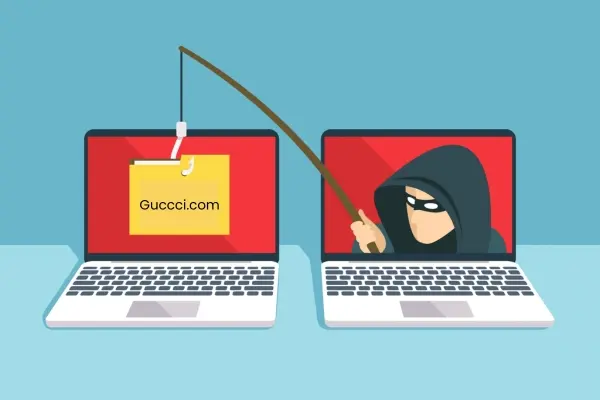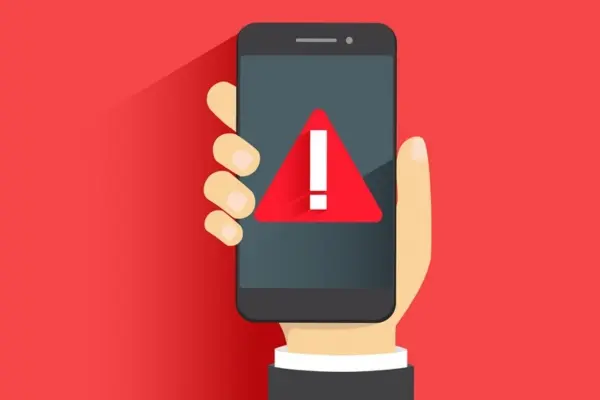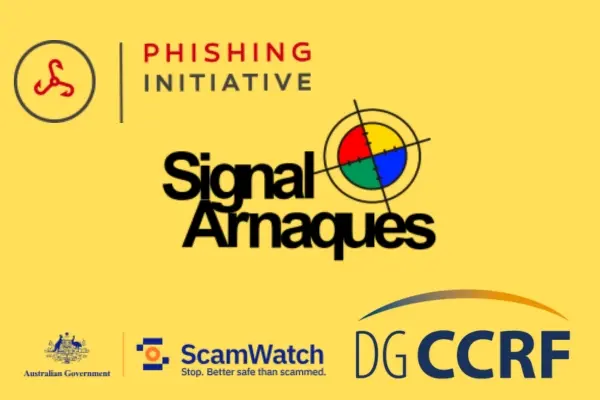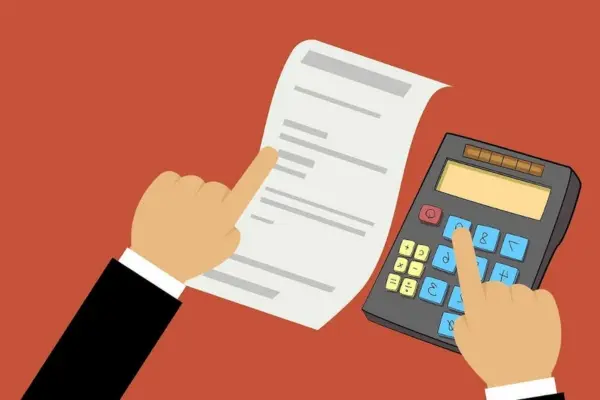What to do in the event of an e-commerce scam? A Practical Guide
The rise of e-commerce has made online shopping more accessible, but it has also led to an increase in scams. If you fall victim to a scam, it's crucial to know the steps you need to take to report the problem and get your money back. Here's a handy guide to navigating this tricky situation.
1- Identify the type of scam
Before taking any action, it's essential to identify the type of scam you've fallen victim to. Common scams include:
- Undelivered products: You paid for a product that never arrived.
- Counterfeit products: You have received an item that does not match the description.
- Fake e-commerce sites: You've bought from a fraudulent site, often imitating a well-known brand.

2. Contact the Seller
The first step after realizing you've been scammed is to contact the seller directly. Here's how:
- Send an e-mail: Write a clear, polite message explaining your situation. Include details such as order number, date of purchase and proof of purchase.
- Use social networks: If the seller has a presence on social networks, send a direct message. Sometimes companies react more quickly on these platforms.

3. Report the scam
If you can't get a satisfactory response from the seller, it's time to report the scam. Here's what to do:
- Report it to your bank or payment method: If you've used a credit card or a service like PayPal, contact them immediately. They may be able to block the transaction or initiate a refund procedure.
- File a complaint with the authorities: In France, you can report a scam on the website SignalConso or from the DGCCRF. For international scams, contact your local consumer protection authorities.
- Report the fraudulent site: You can also report the site on platforms such as Phishing Initiative or Scamwatch to warn other consumers.

4.Get your money back
To get your money back, follow these steps:
- Request a refund via your payment method: If you paid by credit card, you can request a withdrawal or dispute of the transaction. Services like PayPal also offer buyer protection that could help you get your money back.
- Keep all evidence: Keep copies of all communications, invoices and screenshots. These documents are essential to support your claim.

5. Monitor Your Account
After falling victim to a scam, it's important to keep an eye on your bank accounts and personal information:
- Check your bank statements: Look for unauthorized transactions and report them immediately to your bank.
- Change your passwords: If you've shared your login details, change your passwords immediately to protect your accounts.
- Consider credit monitoring: To avoid potential identity theft, consider subscribing to a credit monitoring service.

6. Educate yourself and others
Finally, it's essential to share your experience to help other consumers avoid scams:
- Write a review: Share your experience on platforms like Trustpilot or Google Reviews to alert other potential customers.
- Share on social networks: Tell your friends and family about the scams you've encountered and what you can do to protect yourself.

Falling victim to an e-commerce scam can be frustrating and stressful, but there are clear steps you can take to report the incident and get your money back. By identifying the type of scam, contacting the seller, reporting the problem and monitoring your accounts, you can minimize the consequences. Don't forget to educate others about the risks associated with e-commerce to create a safer online shopping environment.
By applying these tips, you can navigate the world of e-commerce with greater confidence, while protecting yourself against scams. Stay alert and informed!
SaferBuy: Your shield against online scams
The SaferBuy Institute tests hundreds of products for you every year to certify brands and guarantee a good online shopping experience. We examine every aspect of the purchasing process, from site analysis and reputation analysis to ordering and quality testing. We evaluate according to a strict assessment process and issue a grade and certificate at the end of the examination.



